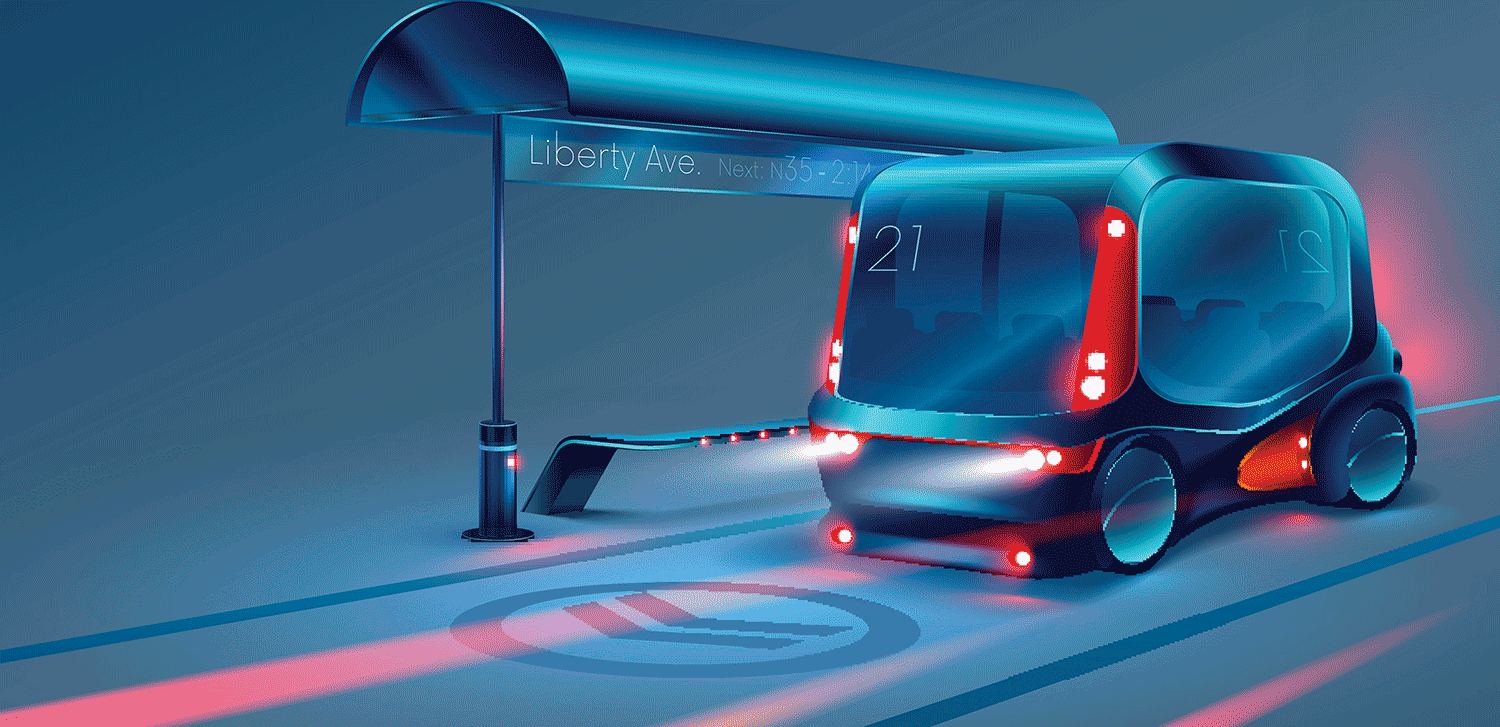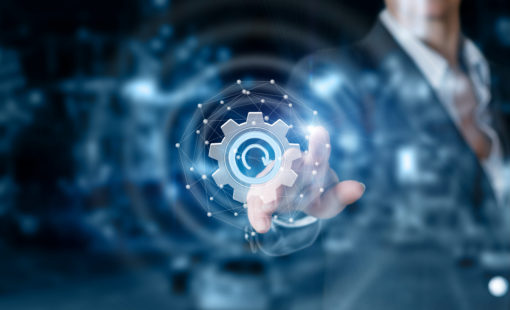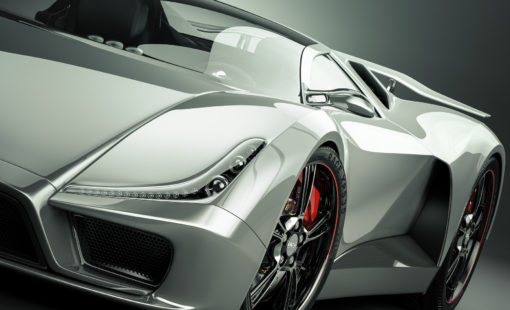Traditionally, the automobile business spends a year or two designing a new vehicle, then another year or two building tools to produce it in high volumes. Local Motors has turned that paradigm on its head with its Olli, the self-driving, electric shuttle which is designed for use in neighborhoods, universities, corporate campuses, airports, etc. The Olli’s design can be customized to fit a customer’s application. Then the new design can be produced in small quantities with the aid of 3D printing in a few more weeks. Composite body panels are produced from 3D printed thermoforming molds and other 3D printed plastic parts are directly installed in the vehicle. “We believe that 3D printing will revolutionize the automobile industry by making it possible to quickly produce new vehicles to meet special applications and customer tastes,” said Matthew Rivett, Chief Operating Officer of Local Motors.
The Olli was designed by Edgar Sarmiento, a Columbian-born Italian car design student, as part of a crowdsourcing competition. The Olli shuttle is fully autonomous and operates without a human driver, using IBM Watson’s artificial intelligence technology to converse with passengers via voice and text. Olli navigates using radar, lidar and cameras from multiple partners and suppliers. The Olli shuttle can be equipped with capabilities to serve people with vision, hearing, physical and cognitive disabilities. For example, machine vision enables Olli to recognize passengers at bus stops with a walker or wheelchair. The vehicle then deploys a ramp to assist them in boarding.
The interior and exterior body panels of traditional automobiles are stamped by pressing sheet metal into progressive dies. These dies are machined from hardened steel and typically take several months and hundreds of thousands of dollars each to build. Smaller plastic components on the vehicle are typically produced by injection molding using molds that take a month or two and tens of thousands of dollars to build.
“We greenlighted the project to build the first Olli in February 2016,” Rivett said. “If we had used traditional manufacturing methods, it would have taken several years to start producing vehicles. Much of this time would have been consumed by building the progressive dies required to build body panels and the molds used to produce plastic parts. The cost would have been enormous and any changes to our initial design would have required considerably more time and another large investment to produce new tooling.”
Instead Local Motors used 3D printing to produce molds that were used to produce the body panels by a process known as thermoforming. In the thermoforming process, a sheet of plastic is heated to the point where it becomes pliable but not molten. The plastic sheet is laid onto a mold and a vacuum is drawn through the mold to pull the sheet against the mold so that it takes on the mold’s shape. Local Motors printed the thermoforming mold from ABS plastic with carbon fiber infill and the body panels are made from ABS plastic. These methods were used to produce wheel wells, roof panels, and pillar panels, interior panels and other body panels. The molds were printed in one to two days at a small fraction of the cost of producing conventional steel tooling. Local Motors produced smaller plastic components by direct 3D printing. The motor, battery, sensors and electronics are purchased from suppliers.
“As a result, we were able to create all the parts for and assemble our first vehicles in only two or three weeks,” Rivett said. “Testing took another few months and we were able to deliver by June 2016.” The Olli is set to deploy pilot programs in early 2018, across the US. The company’s plan for the future is to enable its customers to design their own variants of vehicles. For example, the height and width of the vehicle could be adjusted to fit the number of passengers carried and dimensions of streets. Local Motors would then print the molds and produce parts for the vehicle in a few weeks. Local Motors expects that its primary customers for the new vehicle will be local public transportation operators who will use them to fill in gaps and service disabled customers.






